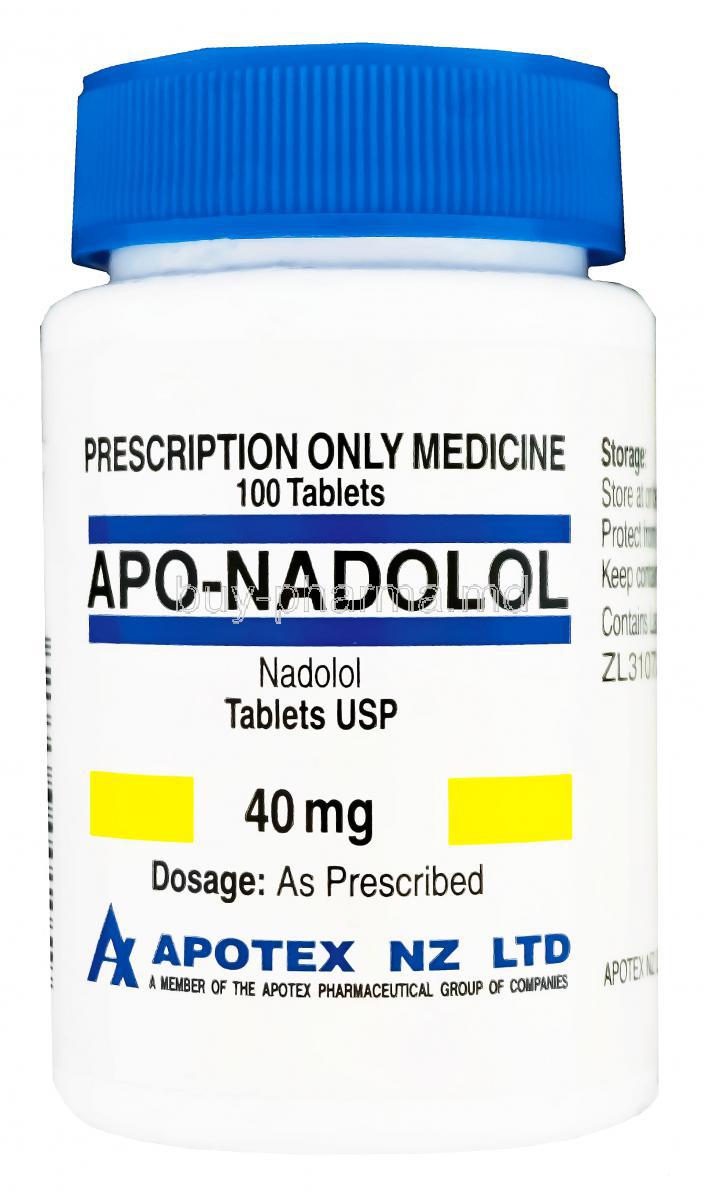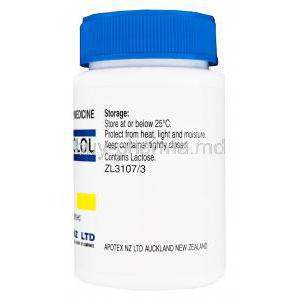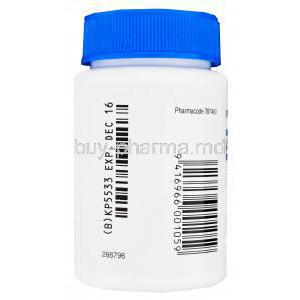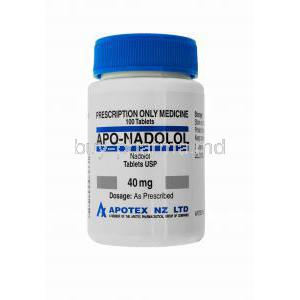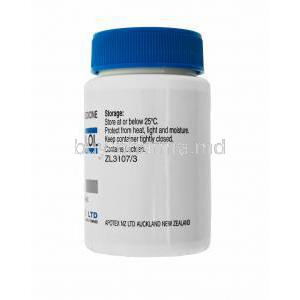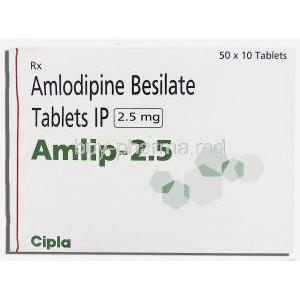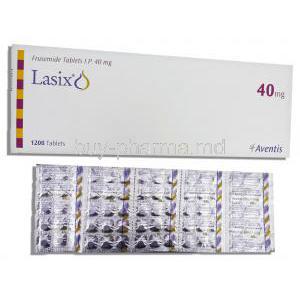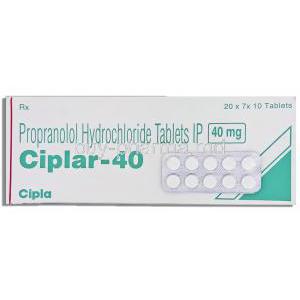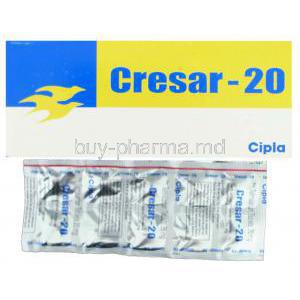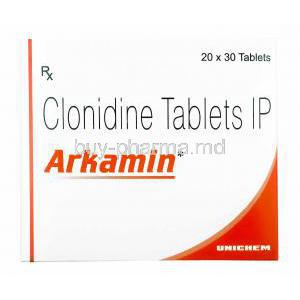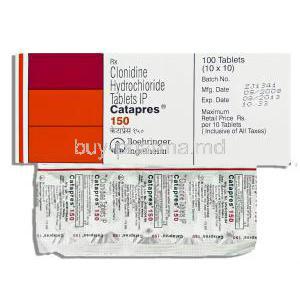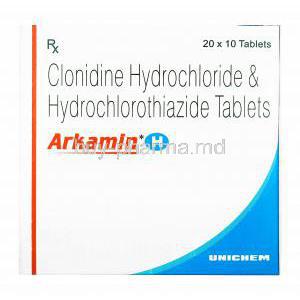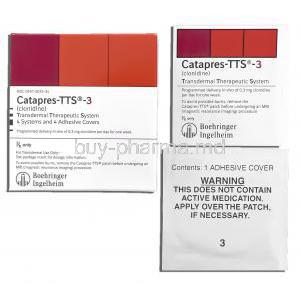Introduction to Apo Nadolol
Apo Nadolol is a prescription medication classified as a non-selective beta-adrenergic blocker, primarily used to manage cardiovascular conditions. It functions by blocking both beta-1 and beta-2 adrenergic receptors, leading to significant effects on cardiac performance and vascular resistance.
Regulated in many countries under stringent pharmaceutical guidelines, Apo Nadolol has been approved for various therapeutic indications by health authorities such as the FDA and Health Canada. It is available both as a branded and generic product under names like Corgard (brand) and Nadolol (generic).
Belonging to the class of beta-blockers, this agent is distinct for its long half-life and lack of intrinsic sympathomimetic activity, offering steady, reliable control of cardiovascular parameters.
Composition and Pharmaceutical Form
- Active ingredient: Nadolol
- Available strengths: 20 mg, 40 mg, and 80 mg oral tablets
- Inactive ingredients: May include microcrystalline cellulose, lactose monohydrate, magnesium stearate, and starch
- Appearance: Round or oval tablets, varying in color by strength, often scored for dose flexibility
- Packaging: Commonly available in blister strips or plastic bottles with child-resistant caps
Nadolol vs propranolol
Nadolol and propranolol are both non-selective beta-blockers, meaning they block both beta-1 and beta-2 adrenergic receptors. This makes them effective for conditions like hypertension, angina, and certain tremors. A key difference lies in their pharmacokinetics: nadolol has a longer half-life, allowing for once-daily dosing, whereas propranolol typically requires multiple daily doses due to its shorter duration of action.
Nadolol vs metoprolol
Nadolol is a non-selective beta-blocker, meaning it affects both beta-1 (primarily heart) and beta-2 (lungs, blood vessels) receptors, and is known for its very long half-life allowing once-daily dosing. Metoprolol, on the other hand, is a cardioselective (beta-1 selective) beta-blocker, primarily targeting the heart, and is available in both immediate-release (requiring multiple doses daily) and extended-release forms (once daily).
Carvedilol vs nadolol
Nadolol is a non-selective beta-blocker with a long half-life, allowing for once-daily dosing and a strong track record for conditions like portal hypertension. Carvedilol is also a non-selective beta-blocker, but it uniquely adds alpha-1 blocking properties, which causes vasodilation and makes it particularly effective for heart failure and after myocardial infarction. While both reduce heart rate and blood pressure, carvedilol's additional alpha-blocking effect can lead to a more pronounced decrease in blood pressure.
Apo Nadolol Mechanism of Action
Nadolol exerts its therapeutic effect by competitively inhibiting beta-adrenergic receptors:
- Beta-1 blockade: Decreases heart rate and myocardial contractility
- Beta-2 blockade: Causes mild vasoconstriction and can affect bronchial smooth muscle
Through its effect on the renin-angiotensin-aldosterone system (RAAS), Apo Nadolol reduces renin secretion, contributing to its antihypertensive properties. The overall result is diminished cardiac output and oxygen demand, making it especially effective for angina control and blood pressure management.
Apo Nadolol Uses
- Hypertension: Used alone or with other antihypertensives to reduce elevated blood pressure and associated cardiovascular risks
- Chronic stable angina pectoris: Reduces the frequency and severity of anginal episodes
- Cardiac arrhythmias: Particularly effective for supraventricular tachycardia and rate control in atrial fibrillation
- Apo Nadolol for Migraine prophylaxis: Used off-label in some regions as a preventive agent for recurrent migraines
Off-Label and Investigational Uses of Apo Nadolol
- Portal hypertension: Used to lower portal venous pressure in patients with cirrhosis, reducing variceal bleeding risk
- Hyperthyroidism adjunct therapy: Controls tachycardia, tremors, and anxiety-like symptoms
- Apo Nadolol for anxiety: May help manage physical symptoms such as palpitations and tremors
- Long QT syndrome: Used in hereditary arrhythmia disorders to reduce the incidence of ventricular arrhythmias
Apo Nadolol dosage
- Hypertension: Initial dose of 40 mg once daily, adjustable to 40–80 mg based on response
- Angina: Typical dose is 40–80 mg once daily, with titration as necessary
- Migraine prevention: 40 mg daily, titrated as tolerated and needed
- Administration: May be taken with or without food; consistency is advised
- Missed dose: Take as soon as remembered unless close to next dose—never double dose
Administration in Special Populations
Use in Elderly Patients
Older adults may exhibit altered drug metabolism and increased sensitivity to beta-blockers. Careful titration and monitoring of heart rate and blood pressure are necessary. Start at the lowest effective dose to minimize adverse effects such as orthostatic hypotension and bradycardia.
Use During Pregnancy and Lactation
- Pregnancy: Nadolol crosses the placenta and may cause fetal bradycardia, hypoglycemia, or growth restriction
- Lactation: Excreted in small amounts in breast milk—monitor infants for signs of beta-blockade
- Risk assessment: Should be used only when the benefit outweighs potential risk
Use in Pediatric Patients
Although not widely approved for pediatric use, nadolol has been employed in children for specific cardiac conditions. Dosing requires weight-based adjustments and close cardiac monitoring. Limited safety data necessitate cautious use.
Apo Nadolol Side Effects
Common Side Effects of Apo Nadolol
- Fatigue and tiredness
- Dizziness or lightheadedness
- Bradycardia (slow heartbeat)
- Cold hands and feet
- Gastrointestinal upset including nausea or diarrhea
- Nadolol weight gain
Less Common and Serious Side Effects
- Exacerbation of heart failure or heart block
- Bronchospasm, particularly in asthmatic individuals
- Depression, sleep disturbances, or mood changes
- Sexual dysfunction
- Hypersensitivity reactions such as skin rash or pruritus
Apo Nadolol Interactions
- Calcium channel blockers: Especially verapamil or diltiazem; risk of heart block or severe bradycardia
- Other antihypertensives and diuretics: Potentiation of hypotensive effect
- Insulin and oral hypoglycemics: Beta-blockers may mask symptoms of hypoglycemia
- NSAIDs: May attenuate the antihypertensive effect of nadolol
- CYP enzyme profile: Nadolol is not significantly metabolized by cytochrome P450 enzymes, reducing risk of CYP-mediated interactions
- Nadolol and green tea: Drinking green tea while taking nadolol, a medication for high blood pressure, can reduce the effectiveness of the drug. This is because green tea can interfere with how nadolol is absorbed in the body, leading to lower blood levels of the medication
Contraindications to Apo Nadolol Use
Apo Nadolol is contraindicated in specific clinical scenarios where its pharmacologic actions may pose significant risks. Caution and thorough assessment are essential before initiating therapy.
- Hypersensitivity: Patients with known allergic reactions to nadolol or any other beta-blockers must avoid this medication due to potential for anaphylaxis or severe dermatologic reactions.
- Severe Bradycardia or Heart Block: Conditions such as second or third-degree atrioventricular block, in the absence of a pacemaker, are absolute contraindications due to the risk of life-threatening arrhythmias.
- Cardiogenic Shock or Overt Heart Failure: Beta-blockade in these states can exacerbate reduced cardiac output and lead to rapid decompensation.
- Bronchial Asthma or Severe COPD: As a non-selective beta-blocker, nadolol may provoke bronchospasm, posing serious risk to individuals with reactive airway disease.
- Sick Sinus Syndrome: Without a functioning pacemaker, nadolol can precipitate severe bradyarrhythmias in patients with sinoatrial dysfunction.
Apo Nadolol Warnings and Important Safety Precautions
Certain precautions must be observed when administering Apo Nadolol to minimize potential complications and ensure therapeutic efficacy.
- Withdrawal Risk: Abrupt discontinuation may induce rebound hypertension, angina, or myocardial infarction, particularly in patients with ischemic heart disease. Gradual tapering is advised.
- Hypoglycemia Masking: Nadolol may obscure typical symptoms of low blood sugar—such as tremors and tachycardia—in diabetic patients using insulin or oral hypoglycemics.
- Peripheral Vascular Disease: Peripheral vasoconstriction can worsen symptoms of intermittent claudication or Raynaud’s phenomenon.
- Cardiac Monitoring: Regular assessment of heart rate and electrocardiogram (ECG) is critical in patients at risk of conduction disturbances or bradyarrhythmia.
- Conduction Abnormalities: Beta-blockade can exacerbate AV nodal block or sinus node dysfunction, necessitating careful dose management.
Careful Administration and Clinical Monitoring
Apo Nadolol requires tailored administration protocols in certain populations to ensure safe and effective therapy.
- Renal Impairment: Nadolol is excreted unchanged via the kidneys. Dose reduction and periodic renal function monitoring are recommended in patients with chronic kidney disease.
- Surgical Settings: Beta-blockers may blunt compensatory tachycardia during anesthesia. Inform anesthesiologists in advance if the patient is on Apo Nadolol.
- Thyroid Disorders: Nadolol can obscure symptoms of thyrotoxicosis such as tachycardia, complicating diagnosis and masking clinical deterioration.
- Monitoring Parameters: Long-term users should undergo periodic checks of blood pressure, heart rate, renal function, and ECG as clinically indicated.
Overdose and Emergency Management
In cases of Apo Nadolol overdose, prompt identification and aggressive management are essential to prevent fatal outcomes.
- Signs of Overdose: Manifestations may include profound bradycardia, severe hypotension, acute heart failure, bronchospasm, and CNS depression.
- Immediate Management: Supportive measures are paramount, including airway protection, IV fluids, and cardiac monitoring.
- Pharmacologic Reversal: Glucagon is considered the first-line antidote due to its inotropic and chronotropic effects independent of beta-receptors. Atropine may be used for bradycardia, and beta-agonists such as isoproterenol may be employed for resistant hypotension.
- Hospitalization: Continuous ECG and vital sign monitoring in an intensive care unit setting are recommended until the patient stabilizes.
Storage and Stability Information
Proper storage ensures the integrity and potency of Apo Nadolol tablets throughout their shelf life.
- Storage Conditions: Store at controlled room temperature, typically between 15°C to 30°C (59°F to 86°F).
- Protection from Environment: Keep tablets away from direct light, moisture, and excessive heat to avoid degradation.
- Shelf Life: Refer to the manufacturer's expiration date printed on the packaging. Do not consume expired medication.
- Disposal: Dispose of unused or expired tablets through a drug take-back program or follow local pharmaceutical disposal guidelines. Avoid flushing into wastewater systems.
Handling Precautions and Patient Counseling Points
Safe handling practices and informed patient education improve therapeutic adherence and mitigate risks associated with Apo Nadolol use.
- Handling: Wash hands before and after handling. Keep out of reach of children and pets.
- Adherence Importance: Inconsistent intake may compromise treatment effectiveness and increase risk of adverse outcomes.
- Titration and Discontinuation: Follow the healthcare provider’s tapering schedule to avoid withdrawal symptoms.
- Side Effect Awareness: Patients should be informed about symptoms such as fatigue, dizziness, or cold extremities, and report worsening signs such as fainting or breathlessness immediately.
- Emergency Instructions: Seek urgent medical help if signs of allergic reaction, severe bradycardia, or chest pain occur. Carry an updated medication list when visiting any healthcare provider.
Apo Nadolol FAQ
- What is Apo nadolol used for?
- What is nadolol good for?
- What to avoid when taking nadolol?
- Does nadolol affect the liver?
- Is nadolol safe long term?
- Is nadolol good for stress?
- Can you take nadolol at night?
- What happens if you take too much nadolol?
- When is the best time to take nadolol?
- Is nadolol good for irregular heartbeat?
- How quickly does nadolol work?
What is Apo nadolol used for?
Apo-Nadolo is prescribed for adults to manage blood pressure, commonly referred to as hypertension, either on its own or in combination with other medications to be effective in treating this condition. It is also used to prevent chest pain, known as angina, in adults. Apo-Nadolo falls under the category of medicines called "beta blockers."
What is nadolol good for?
In the treatment of blood pressure, Nadolol is often prescribed either on its own or alongside medications to alleviate the condition effectively. Additionally, it is utilized for the prevention of angina, specifically chest pain episodes. It belongs to a category of drugs known as beta blockers. Nadolol functions by easing the tension in blood vessels and moderating heart rate, thereby enhancing blood circulation and reducing blood pressure levels.
What to avoid when taking nadolol?
Green tea and green tea extracts
Does nadolol affect the liver?
The pressure gradient in the veins and the blood flow in the liver decreased when nadolol was administered. The drug did not impact liver function.
Is nadolol safe long term?
Yes
Is nadolol good for stress?
Yes
Can you take nadolol at night?
Yes
What happens if you take too much nadolol?
Hypotension, bradycardia, bronchospasm, heart failure, hypoglycemia, seizure, and coma
When is the best time to take nadolol?
Take the medication as instructed on the label every day at the same time, either with or without food; if it bothers your stomach, consume it alongside a meal.
Is nadolol good for irregular heartbeat?
Yes
How quickly does nadolol work?
Several weeks

